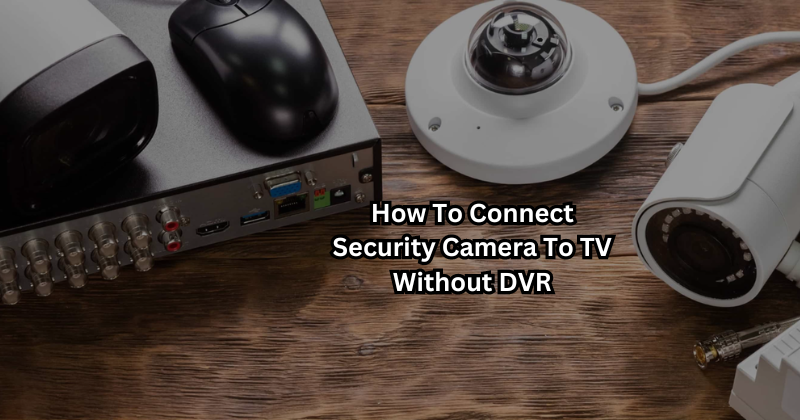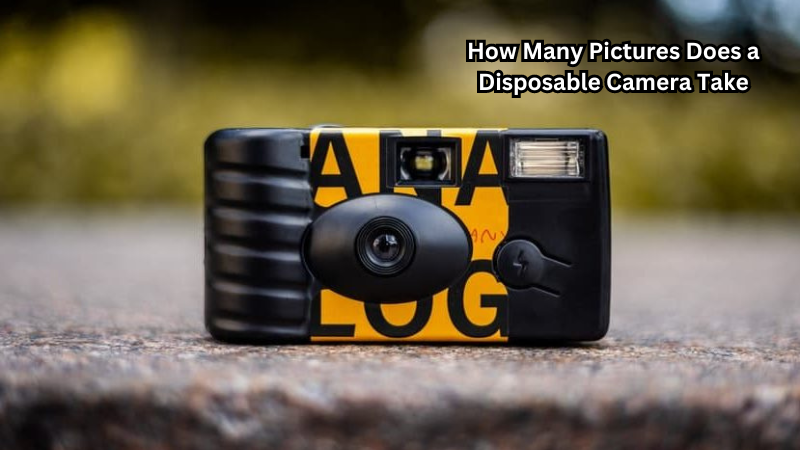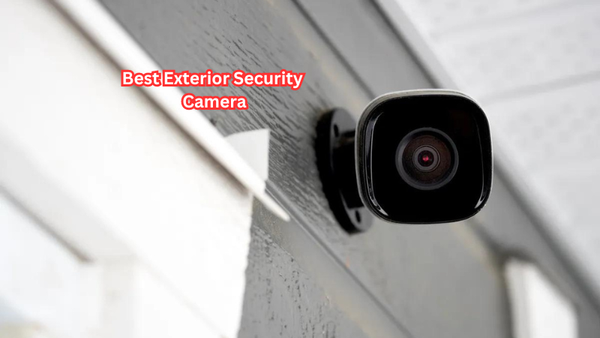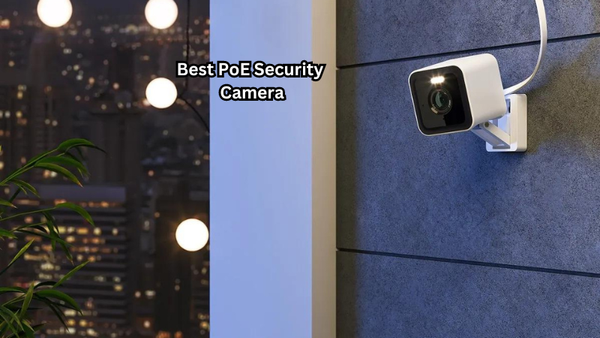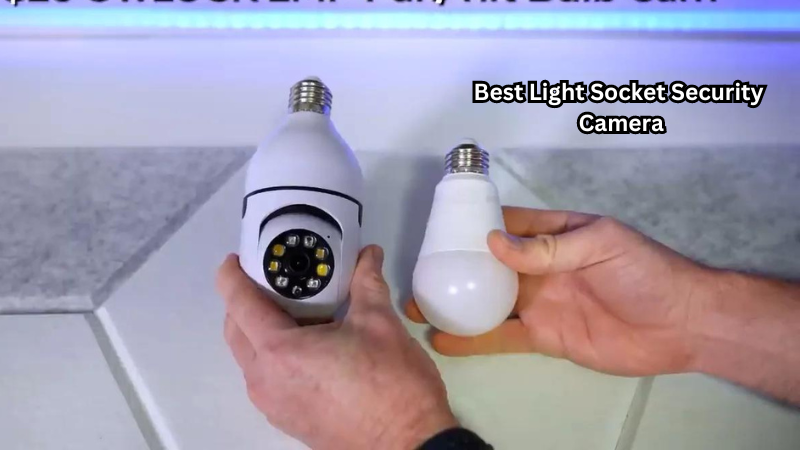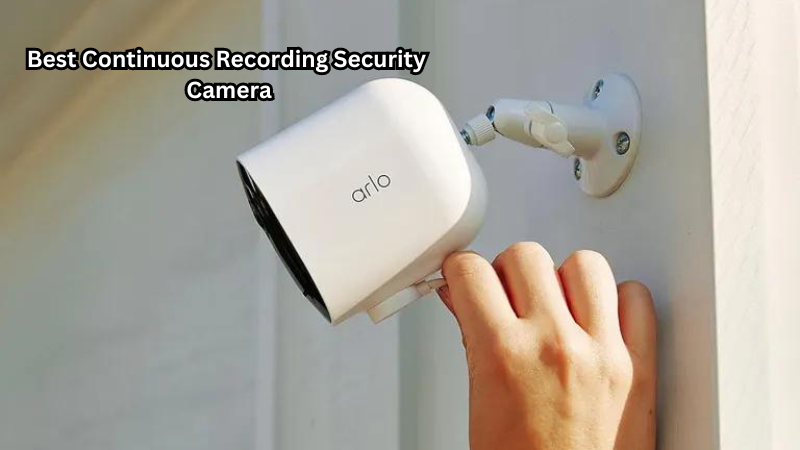Connecting a security camera to a TV without a DVR can offer a direct and convenient way to monitor your property.
By utilizing the HDMI or VGA output of the camera, you can establish a seamless connection to your television. This setup bypasses the need for a digital video recorder and allows real-time viewing on a larger screen.
This guide will walk you through the simple steps required to link your security camera directly to your TV for instant monitoring, whether for home security or surveillance purposes.
Does an IP CCTV Camera Work without a DVR/NVR?
Yes, an IP CCTV camera can work without a DVR or NVR.
IP cameras utilize your network's Wi-Fi connection to transmit footage and do not require a physical recording device.
However, please note that depending on the specific model of your IP camera, it may still need a power source and an Ethernet cable for initial setup and configuration.
Some IP cameras might also have built-in storage options, such as an SD card slot, which can serve as a local backup for recorded footage.
How To Connect Security Camera To TV Without DVR
To connect your security camera to your TV without using a DVR, follow these simple steps:
Equipment Needed
To connect your security camera to a TV without a DVR, you will need the following equipment:
- Security camera with HDMI or VGA output
- HDMI cable and VGA cable (depending on the output of your camera)
- Power adapter for the camera
- Television with available HDMI or VGA input
- If you need an RCA cable for audio, make sure your camera has an RCA output and your TV has an available RCA input.
Step-by-Step Guide
Here are the step-by-step instructions to connect your security camera to your TV without a DVR:
Turn off the TV and the CCTV Camera:
Before connecting any cables, ensure your TV and security camera are turned off. This will prevent any damage to the devices or potential electrocution.
Locate HDMI or VGA Output Port:
Start by identifying the HDMI or VGA output port on your security camera. It is usually located at the back of the camera and labeled as "HDMI" or "VGA." Video input ports on TVs are also commonly labeled, so look for an available "HDMI" or "VGA" input port.
Connect Camera to Power Source:
Plug the power adapter into your camera and connect it to a power source. Make sure the camera is turned on.
Connect Camera to TV:
Using an HDMI or VGA cable, connect one end to the output port on your security camera and the other end to an available input port on your TV.
Switch Input Source on TV:
Turn on your TV and use its remote control to switch to the appropriate input source connected to your security camera (e.g., HDMI 1 or VGA).
Adjust Display Settings (if needed):
Depending on your specific camera and TV models, you may need to adjust the display settings on your TV to ensure proper viewing of the camera's footage.
Monitor Your Camera:
With the correct input source selected on your TV, you should now be able to see live surveillance footage from your security camera. You can also use your TV remote control to change channels or switch between different cameras (if applicable).
Wireless security camera system options can also be connected to a TV without a DVR by using an HDMI or VGA converter. These converters allow for wireless cameras to transmit footage through the cable connection, providing compatibility with TVs that do not have Wi-Fi capabilities.
Additional Tips
- Remember to keep both your security camera and TV firmware up-to-date for optimal performance.
- If possible, try to position your camera in a way that offers the best view of the area you want to monitor. This will help avoid any potential blind spots.
- Some IP cameras come with their mobile app that allows for remote viewing and management. Make sure to download and configure the app for added convenience.
- If you are using multiple cameras, consider investing in a camera switcher or splitter to easily toggle between different feeds on your TV screen.
- Always ensure proper security measures are in place when setting up your security camera system, such as using strong passwords and enabling encryption features. Security camera software and apps also offer additional security features that can be useful in protecting your footage.
Follow these guidelines, and you can easily set up a direct connection between your security camera and TV without the need for a DVR.
How to Set Up an IP Camera without a DVR/NVR
If you have an IP camera that does not come with a built-in storage option, such as an SD card slot, you can still set it up without a DVR/NVR. Here's how:
Connect Camera to Power Source:
Plug the power adapter into your camera and connect it to a power source.
Connect Camera to Network:
Using an Ethernet cable, connect one end to the LAN port on your IP camera and the other end to your router or modem.
Configure Camera Settings:
Once the camera is connected to your network, access its settings through a web browser by entering its IP address. From there, you can configure various settings such as motion detection, alerts, and recording schedules.
Access Footage Remotely:
To access footage remotely without a DVR/NVR, you can use the camera's mobile app or log in to its web interface from any device connected to the internet.
How to Connect CCTV Camera to TV without DVRs/NVRs
Most traditional CCTV cameras are not designed to connect directly to a TV without a DVR or NVR. However, some models may offer an analog output that allows for a direct connection. If your CCTV camera has this option, follow these steps:
Connect Camera to Power Source:
Plug the power adapter into your camera and connect it to a power source.
Locate Analog Output Port:
Identify the BNC (Bayonet Neill–Concelman) analog output port on your CCTV camera.
Connect Camera to TV:
Using a BNC cable, connect one end of the cable to the analog output port on your camera and the other end to an available input port on your TV.
Adjust Display Settings (if needed):
Similar to connecting an IP camera, you may need to adjust the display settings on your TV to properly view the footage from your CCTV camera.
Monitor Your Camera:
With the correct input source selected on your TV, you should now be able to see live footage from your CCTV camera. Just like with IP cameras, you can use your TV remote control to switch between different cameras if you have multiple connections.
Analog CCTV cameras can also be connected to a TV without a DVR using an HDMI or VGA converter. An analog CCTV camera to digital converter is also a viable option, allowing for the footage to be transmitted through a cable connection.
How to Connect IP Camera to Computer with Port Forwarding
If you want to access your IP camera's footage from a remote location, you will need to set up port forwarding on your router. Here's how:
Using Dynamic DNS Service
Enable Port Forwarding:
Log in to your router's admin panel and enable port forwarding for the desired port.
Set Up Dynamic DNS:
Sign up for a dynamic DNS service and configure it on your router. This will allow you to access your camera using a domain name instead of an IP address that may change periodically.
Accessing Camera Footage Remotely
Configure Camera Settings:
Access the camera's settings through its web interface and make sure it is set up to allow remote viewing.
Access Footage Remotely:
Using the dynamic DNS domain or your camera's IP address, you can now access its footage remotely from any device connected to the internet.
So, connecting IP cameras to TVs without DVRs/NVRs is just one way to monitor your camera footage. With the advancements in technology, there are now many options available for setting up and accessing your security cameras.
How to View Multiple Security Cameras on a TV Without a DVR/NVR
If you have multiple security cameras and want to view them all on one TV screen without the use of a DVR/NVR, there are a few options available:
- Use a camera switcher or splitter: this device allows you to toggle between different camera feeds on your TV screen.
- Connect cameras to a computer with viewing software: some IP cameras come with viewing software that can display multiple camera feeds on one screen.
- Use a multi-view app: if your IP cameras have their mobile app, look for one that offers multi-view support. This will allow you to view multiple camera feeds simultaneously on your smartphone or tablet.
FAQs
Can we use TV for CCTV camera?
Yes, you can use a TV to monitor footage from your CCTV camera by connecting it directly through an analog output or using a converter. However, for remote viewing and advanced features, an IP camera connected to a TV is recommended.
Can I connect my HD security camera directly to my TV without using a DVR?
Yes, some HD security cameras have an analog output that allows for a direct connection to a TV. Alternatively, you can also use an HDMI or VGA converter.
Is DVR necessary for CCTV?
No, a DVR is not necessary for CCTV if you only want to view live footage. However, if you want to record and store footage for later viewing, a DVR or NVR is essential. It also offers additional features such as motion detection and remote access.
What is the advantage of connecting IP cameras to the TV HDMI port?
By connecting IP cameras to the TV HDMI port, you can bypass the need for a DVR and view the camera feed directly on your TV screen in real time. This can be more convenient and cost-effective for some users.
Conclusion
In conclusion, connecting a security camera to a TV without a DVR opens up a straightforward and efficient method for monitoring your surroundings in real time. By leveraging the HDMI or VGA output of HD security cameras, such as IP cameras, users can establish a direct link to their TV's HDMI port, eliminating the need for a separate recording device.
This direct connection simplifies the setup process, providing a seamless way to view camera footage on a larger screen without the complexities associated with traditional DVR systems.
